Piaget’s Mythical Journey: An Invitation To Travel
There are journeys that take us away and transform us for the rest of our lives; journeys from which we return transformed and the memories of which are etched in our minds; journeys full of adventure, discoveries, interactions, and unexpected happenings...
Piaget launched a watch and jewellery collection based on some of the world's most renowned and spectacular adventures. A Mythical Journey by Piaget set halfway between the Silk and Spice Routes, was an invitation to dream and escape from reality, to enter a poetic realm rich with beauty, magic, and passion.
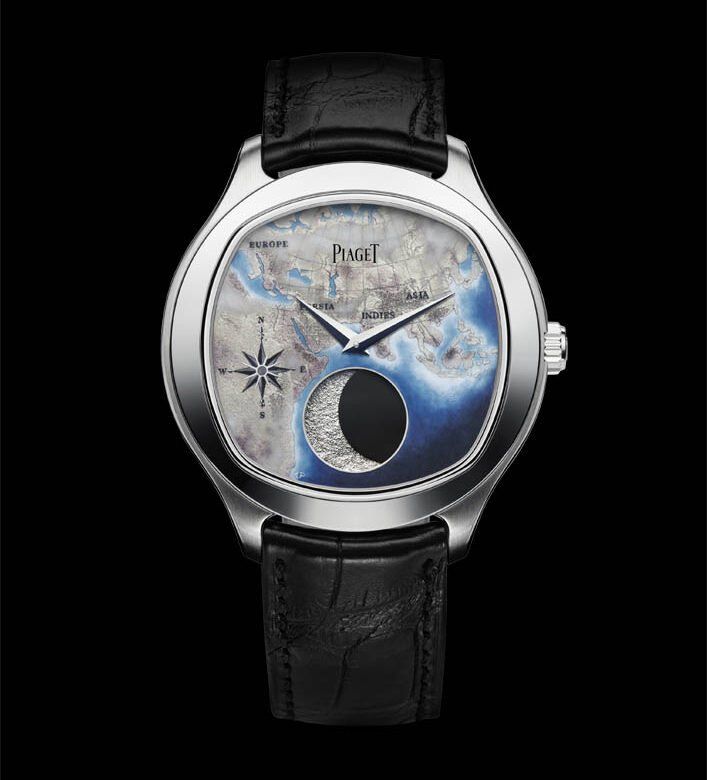
This breathtaking, enthralling collection transported us on a fantastic and epic journey between Asia and India, fueled by the watchmakers', jewellers', artists', and craftsmen's enthusiasm, commitment, brilliance, inventiveness, expertise, and, at times, plain stupidity.
A Mythical Journey by Piaget, based on their united efforts, delves deep into a world of artistry and emotions. A one-of-a-kind, amazing experience in which Art and Excellence collided in the best Piaget tradition, guided by a mix of audacity and originality.
The Symbolic Journey
Every journey begins in the imagination's wellspring and leads to a new future. While the great explorers dreamed of fame and money, they also had a burning desire to uncover things that only they could imagine, such as those detailed by Marco Polo in his "Travels of Marco Polo." Vasco De Gama, the first European to reach the Indies by water in 1498 by sailing around the Cape of Good Hope; Hernán Cortés, Amerigo Vespucci, Jacques Cartier, and Magellan, among others, are names synonymous with high adventure. Nothing, however, fascinates me as much as the Silk and Spice Routes.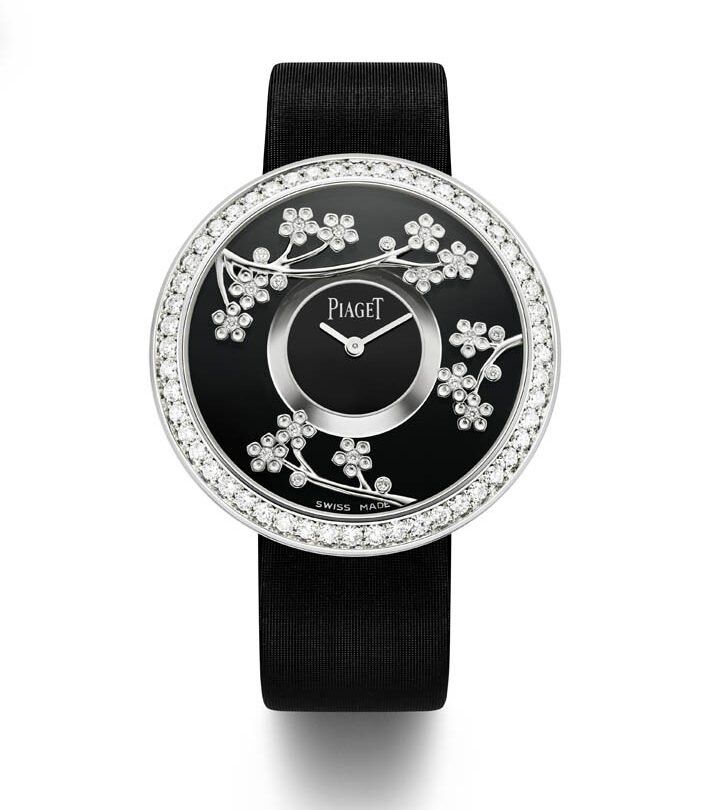
Exquisite Craftsmanship
Piaget is reputed for it’s fine craftsmanship and inventiveness. They are represented without boundaries, sometimes through experiments with techniques not commonly utilised in jewellery or watches, and sometimes through fashion-forward developments. About forty watchmaking and jewellery craftspeople work at La Côte-aux-Fées' Manufacture, located outside Geneva masterpieces, to support the movement-manufacturing business. The residents' talent in the age-old arts of engraving, guilloche, gem-setting, and marquetry done in precious stones allows the designers' imaginations to become masterpieces.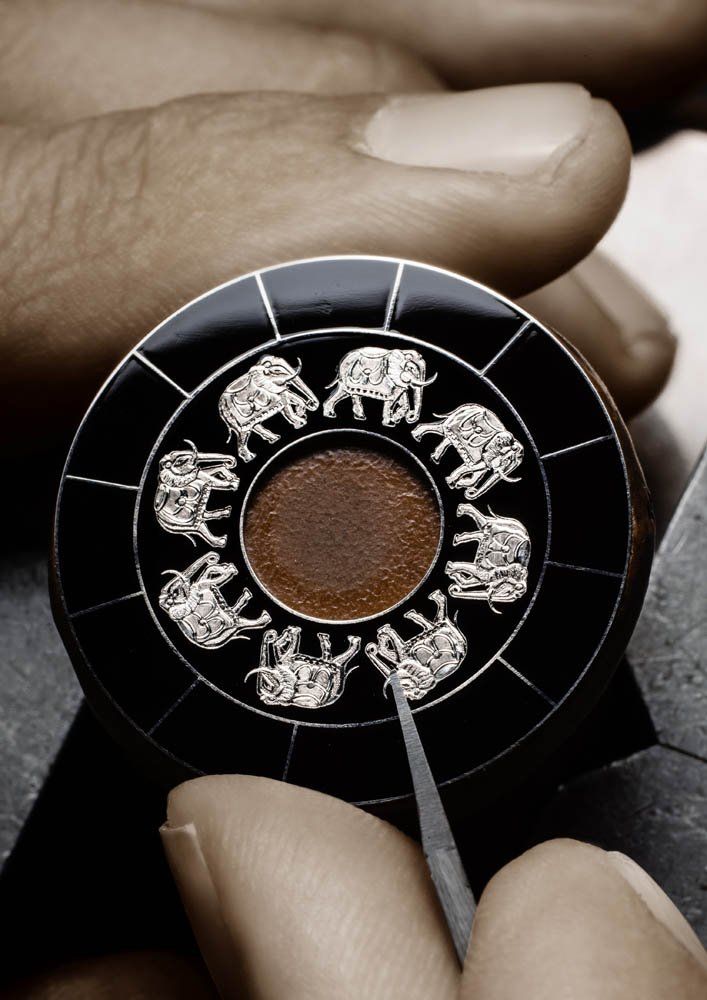
The Mythical Collection
Piaget's A Mythical Journey collection included 32 watch models with micromosaic, embroidery, bullino engraving, and enamel, as well as sixteen pieces of jewellery made from exceptional stones such as emerald and sapphire spheres, facetted sapphires and emeralds, and facetted pink sapphires set in pink gold.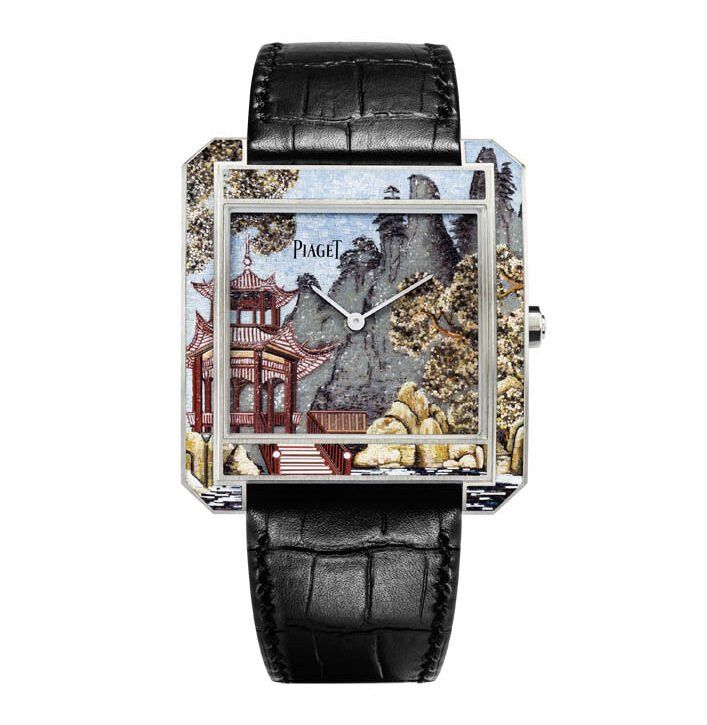
For this collection Piaget exhibited two Emperador Coussin models with dials that depict one of the two paths from the A Mythical Journey as a prologue to the pieces relating to China and India. The map here has a hand-enamelled enamel miniature with hand engraving.
These limited-edition timepieces demonstrated the enameller's talent and ability by paying close attention to every detail. The map is similar to a painter's canvas in that it invites the imagination, the unexpected, and the spectacular. The dial was embellished with a compass and features a large moon phase at six o'clock as a monument to the great explorers in the face of eternity. This simple, intriguing moon orb catches the attention. The mesmerising volume and cushion shape were enhanced by the gem-set bezel, while the gem-set crown gives just the right touch of refinement.
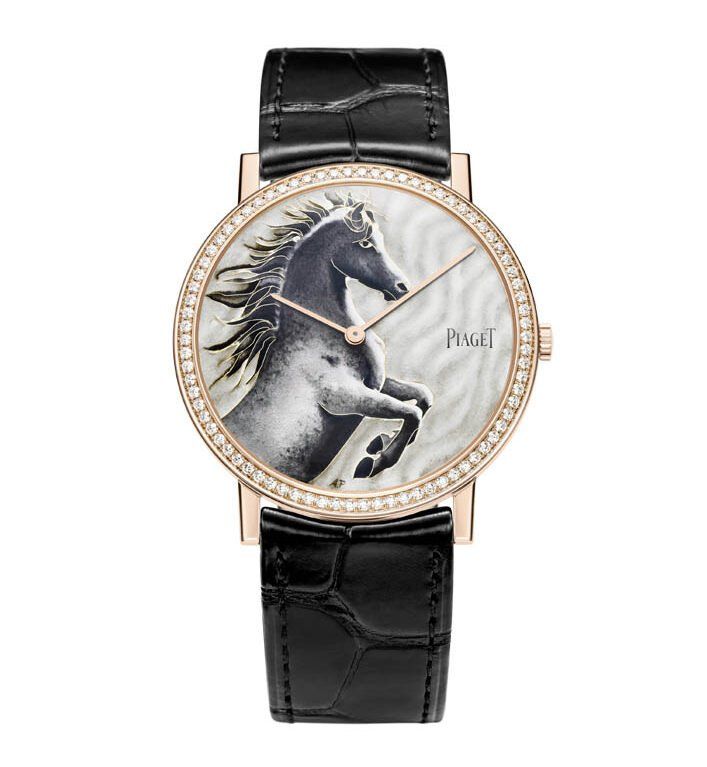
Imperial Ch’ang-an and the Silk Route
The story of how Chinese princess Si Ling-Chi discovered the art of unwinding silk when she slipped a butterfly's cocoon into her cup of tea is mostly remembered as the origins of silkworm farming. There can be no beauty in China without harmony. The decorative themes for the timepieces in A Mythical Journey by Piaget were chosen with great regard for their meaning and the beliefs associated with them.A pagoda in the Jade Dragon Snow Mountains in Yunnan inspired the dials of the Protocole XXL and Altiplano Double Jeu models. The Lijiang plain is dwarfed by these snow-capped peaks.
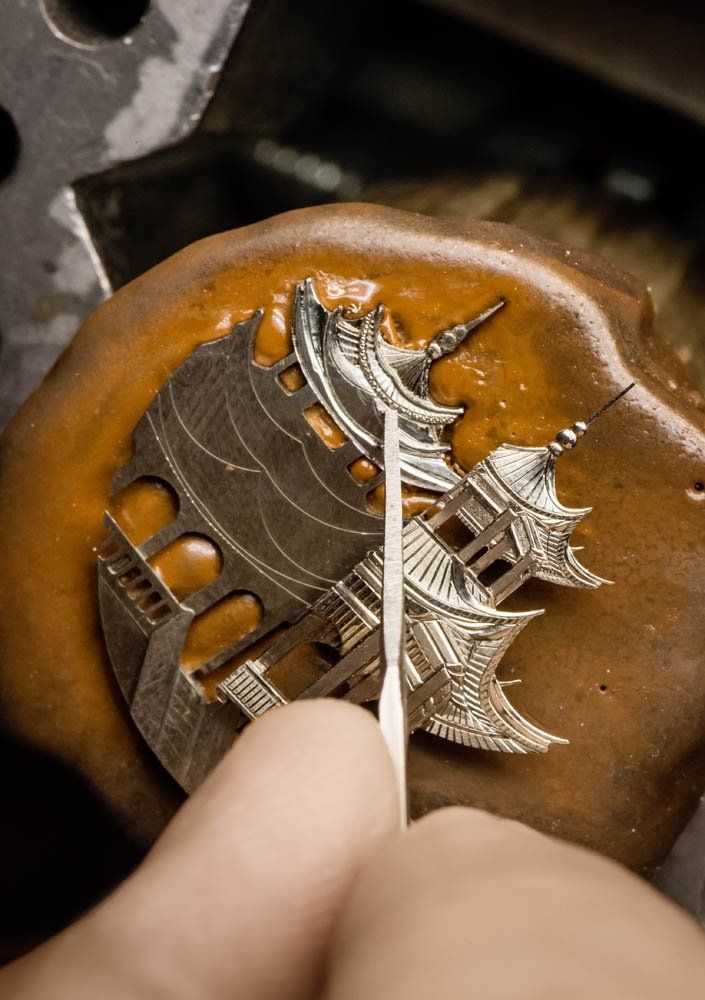
Piaget's molten enamel colour is always pushing the boundaries of what is achievable. As a corollary, sophisticated execution necessitates a flawless grasp of techniques requiring infinite precision.
The raw material appears in its natural state as pieces or huge fragments. They're pounded in a mortar until they're a very fine powder, then washed well. Ready-to-use enamels are rinsed and stored in distilled water. The enamel is then deposited on a copper, silver, or gold matrix, as these are the only materials that have the properties required for this process. They serve as the foundation for a delicate piece of art.

All of Piaget's enamelled masterpieces have gold dials, in keeping with the company's legacy of quality and motto "Always do better than required." The metal base may need to be counter-enamelled depending on its thickness to prevent bending during its multiple journeys through the kiln: heat is what gives enamel its brilliance and displays the full depth of the enameller's creativity.

The enamel is fused to the matrix during baking or firing, which is then burned in a kiln heated to over 800°C for a varied duration of time ranging from 40 to 60 seconds. This process, known as "grand feu enamel," ensures the piece's exceptional flawlessness and eternal endurance.
Engraving's unrivalled purity
The Piaget tradition included other equally accomplished masters of their craft.Hand engraving, whether by line engraving, slanted-curve etching to obtain a broad and progressive cut, or intaglio engraving, a technique that involves profoundly hollowing out the material, allows for the creation of true works of art. Each has its own set of tricks for catching the light and amplifying the impact of a decorative effect.
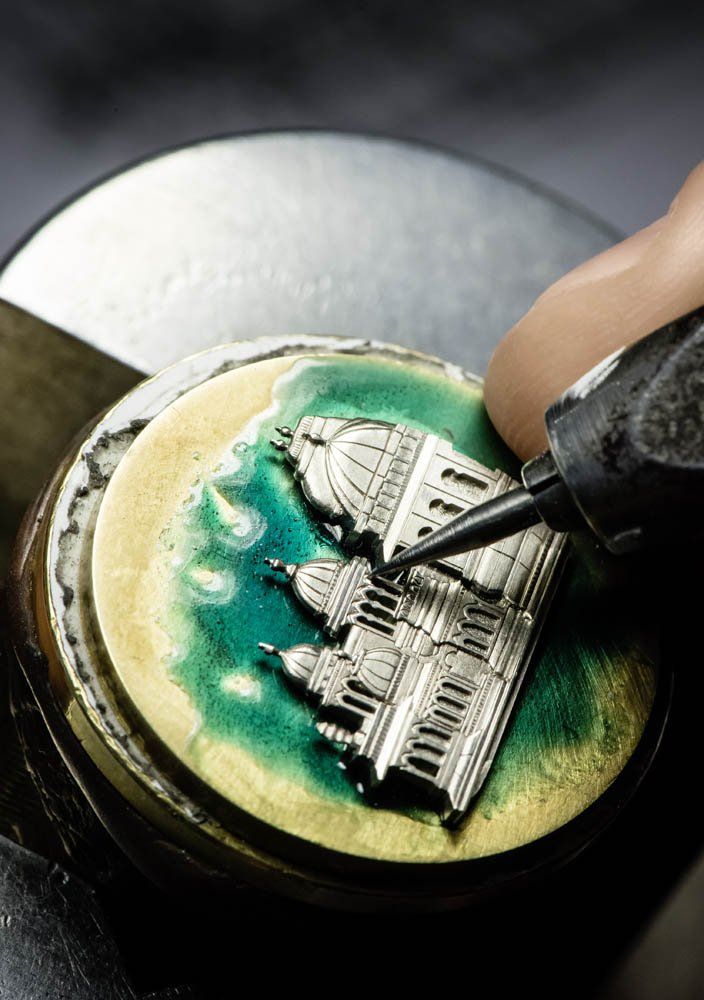
Micromosaic is an incredibly small art form
Cesare Aguatti and Giacomo Raffaeli, two of the most esteemed and renowned artists of the time, invented micromosaics by inventing a new process for producing small tesserae measuring less than one mm in diameter around the end of the 18th century. The latter was produced by fixing enamels and heating them to melting temperatures of above 800°C. After cooling, the glass paste was sliced into tiny tesserae shards. The technique developed by these two painters helped to expand the range of colours available, bringing the total number of subtleties to over 10,000. As a result, lighting effects and a variety of subtly graded shades might be reproduced.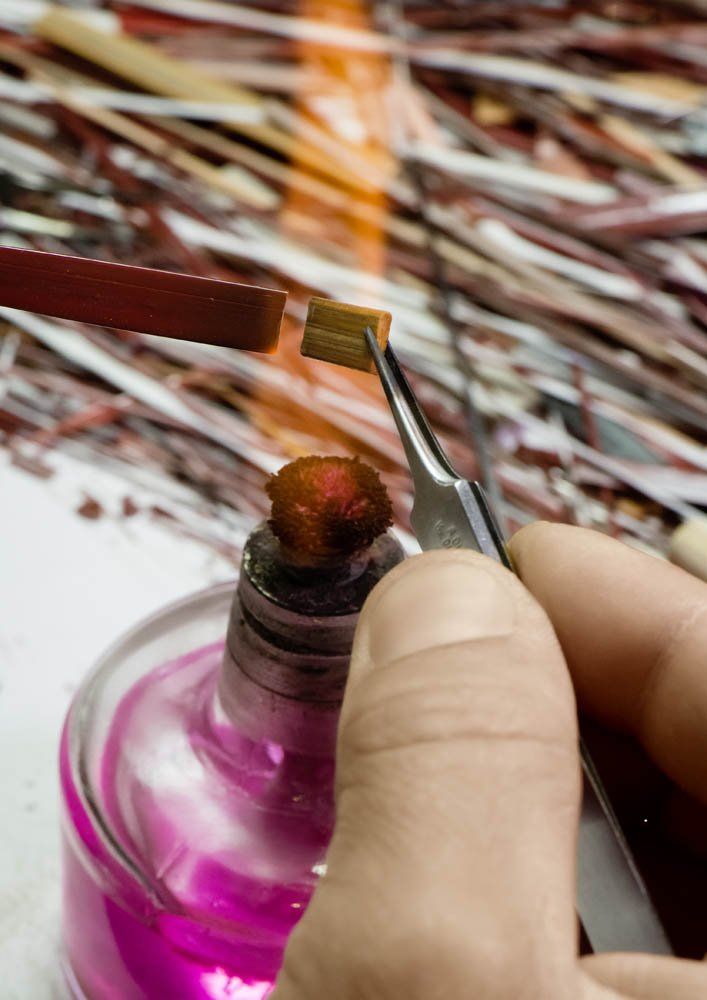
The Manufacture Piaget has sought the help of a Roman artisan, a worthy descendent of the 18th-century masters, in keeping with its creative history. In the history of watchmaking, micromosaics had never been used as an ornamental approach. A brilliantly dazzling appearance is created by combining small tesserae with a polychrome effect. A radiant sky with clouds that appear to be floating is created by a light blue tone. A dense and majestic panorama of steep mountains exists. The bright red pagoda is a harbinger of good fortune and joy. The infinitely little radiates a joyous vibe.

Embroidery, a beautiful thread of feelings woven together
Piaget has chosen gold thread embroidery as a nod to its legacy of excellence, and this type of expertise, which has never been explored on watch dials before, turns out to be simply amazing. The silk is stretched first, then secured to a support. The drawing phase follows, during which the craftsman traces the motif's lines. The needle is used by the needlework artist to create a cannetille, a miniature filigree-like element made up of an infinitely fine spirally twisted gold thread. The cannetille is next embroidered one detail at a time onto the silk, a procedure that necessitates a multitude of operations carried out with extreme patience.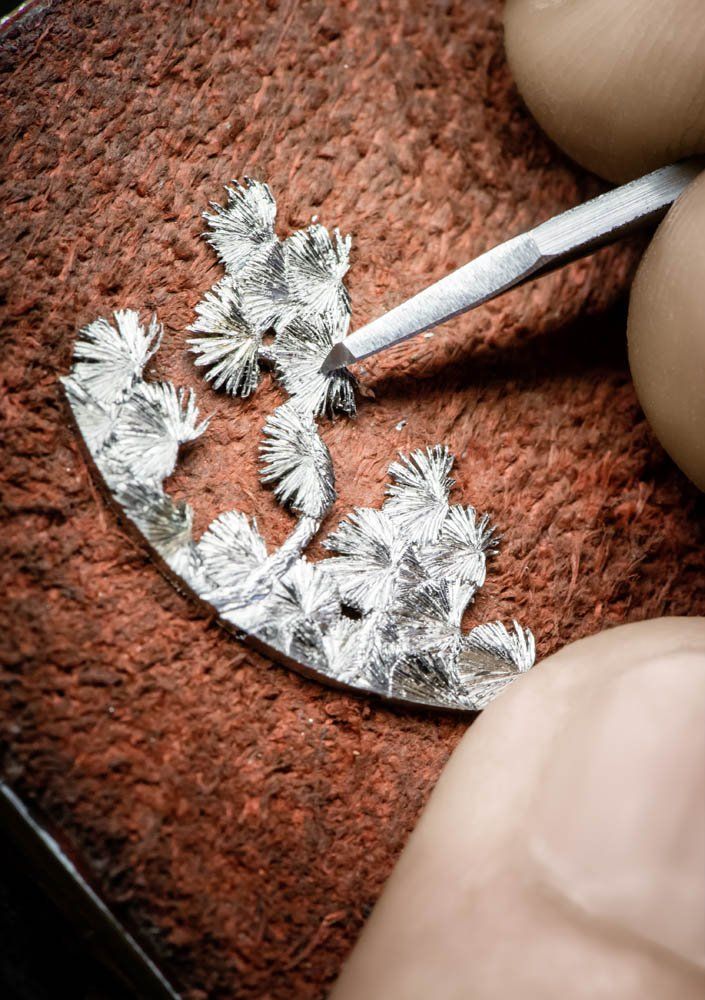
The pine tree branch on the Altiplano is made with raised satin stitches, a back-stitched filler re-embroidered with straight stitching, and straight stitching for the pine needles. This design necessitates approximately six hours of labour and two metres of fine thread.
Dazzling India, heading toward the Eden of the senses
The Indian temple designed by the Piaget designers on the Altiplano Double Jeu and the Protocole XXL resembles the Lake Palace, a beautiful hotel with white marble walls. It is situated on a small island on Lake Pichola in the Indian city of Udaipur. This former palace of Maharaja Jagat Singh II was built facing east, inspired by the Moghol dynasty, to allow prayers at dawn to face the sun deity, from whom the reigning family of Udaipur claimed descent.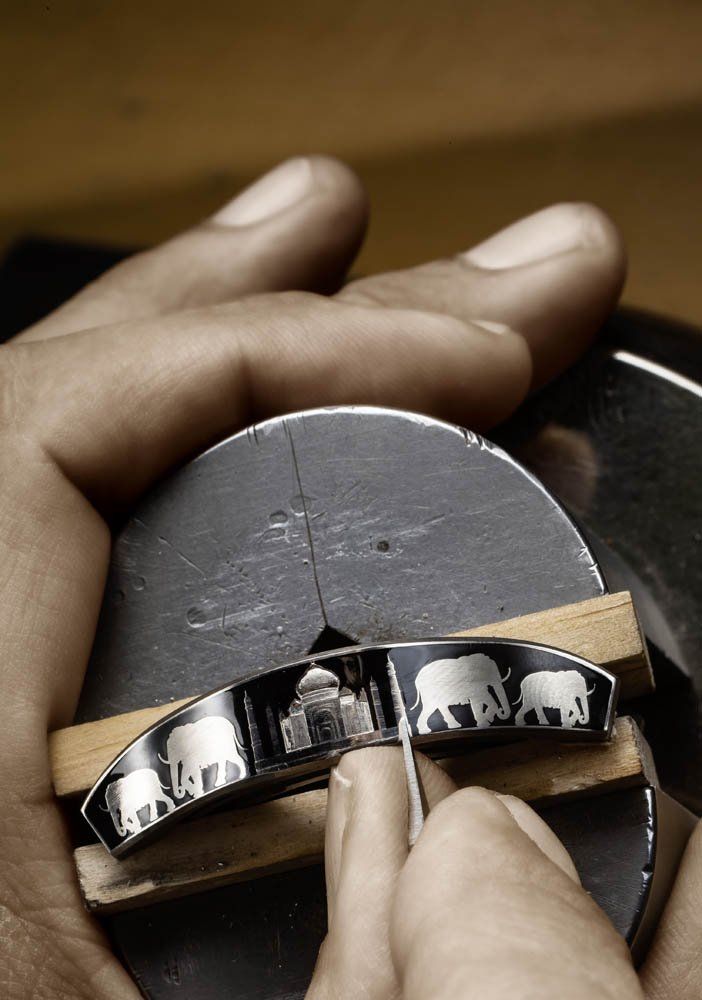
The elephant for the Polo Tourbillon Relatif, the Emperador, and the Altiplano; and the peacock for the Limelight Exceptional Piece and the Altiplano Double Jeu are the creatures chosen by Piaget to embellish the Indian dials. The jewellery portion of the collection was inspired by the cashmere or paisley pattern. This theme first appeared in Ancient Persia about 2,000 years ago.
Colourful decorative crafts for the Spice Route
Piaget dares to present a dramatic combination between gold leaf and enamel for the formidably ambitious A Mythical Journey by Piaget line. The usage of gold leaf as a decorative element dates back hundreds of years. It may be found on a variety of monuments, including the dome of Paris's Hôtel des Invalides and Moscow's St. Basil's Cathedral. While gold has long been utilised in the manufacture of timepiece casings and dials, gold leaf is a novel addition.This tenth of a millimetre thin leaf is trimmed to get the desired shape after being handcrafted by a goldbeater. Despite this, due to its extraordinary thinness, it is exceedingly volatile and delicate to work with.
The tranquil setting of the Protocole XXL is home to a unique combination of abilities. The master artisans' graceful touch and unshakable devotion bring the full picture to lively life by combining gold leaf with champlevé enamel, subtle details in micro enamelling, a blend of translucent and opaque enamels, and extra texture through engraving.
Bullino engraving
For the first time, Piaget used this process to decorate the dials of their Altiplano models with an elephant motif, which was first recreated on the gold dial using tracing paper and a pencil from a life-sized drawing.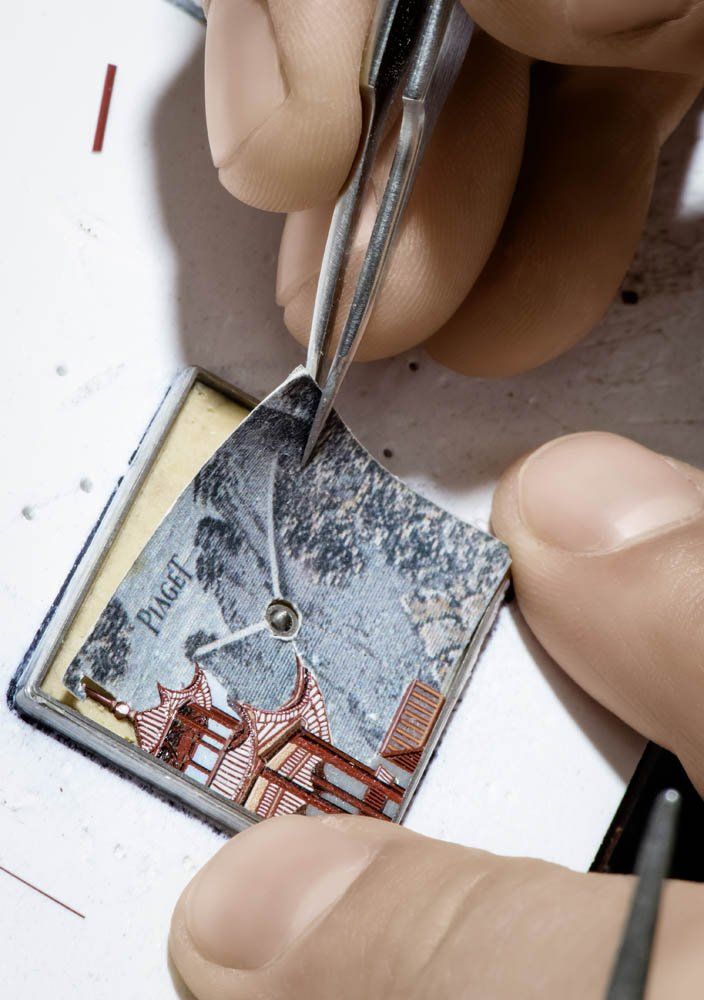
With his eyes fastened to the microscope, the artist begins by etching the elephant's contours with a fine metal needle, followed by the bullino technique for the animal's shining sections. Whether it's the grain of the skin, the position of the eye, or the appearance of the trump, every detail is meticulously considered. A diamond tip was used to create the backdrop.
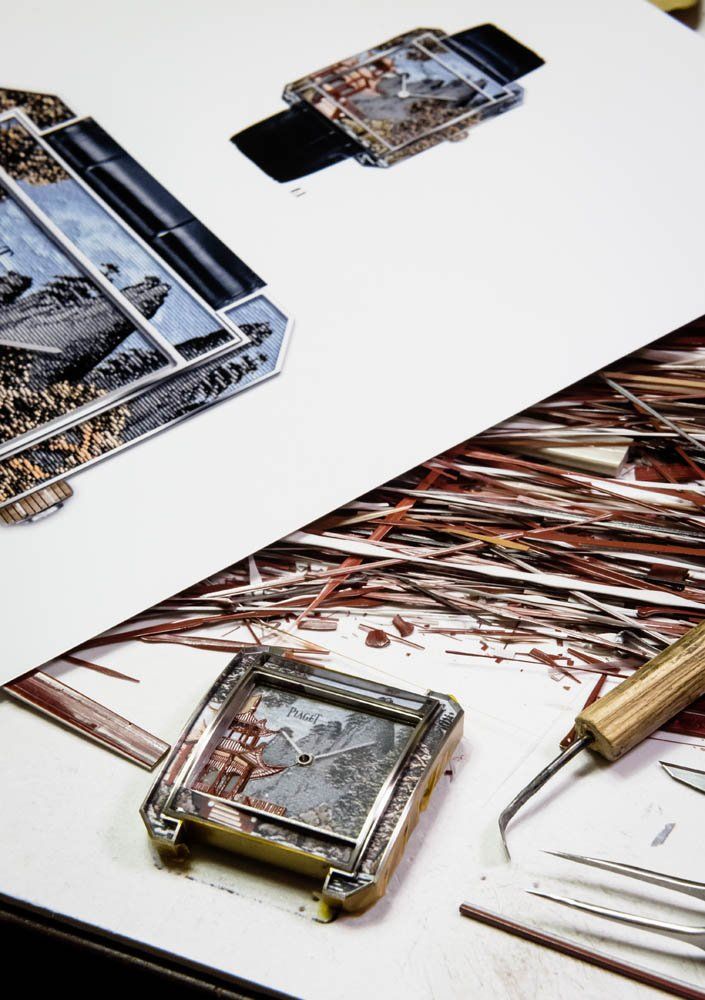
A Mythical Journey by Piaget is a narrative about a journey between dreams and reality that sprinkles recollections that leave spectators with stars in their eyes. Each timepiece and item of jewellery, from the Silk Route to the Spice Route, is an invitation to travel. One of Piaget's most brilliant collections is signed by artisans, watchmakers, artists, and master craftsmen.
No articles found






